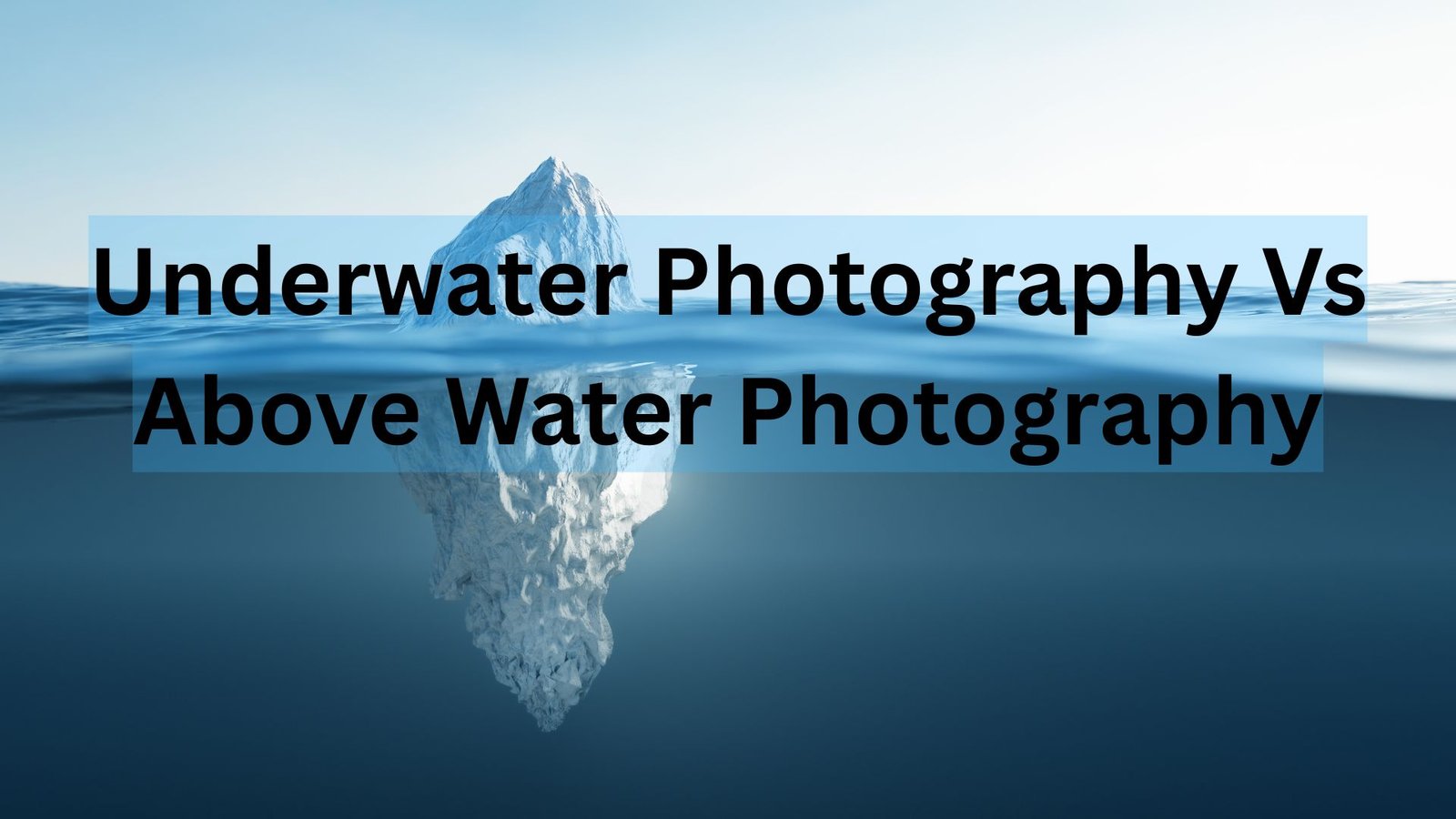
Underwater Photography Vs Above Water Photography: Pros, Cons & What You Should Choose
Photography is one of the most powerful ways to tell stories, capture emotions, and preserve memories. But not all photography is created equal. When you step into the world of Underwater Photography Vs Above Water Photography, the differences become as deep as the ocean itself. Each comes with its own magic, challenges, and artistic possibilities.
Whether you’re a beginner exploring photography or a professional considering which field to specialize in, understanding the difference between Underwater Photography Vs Above Water Photography can help you make the right choice for your goals. This comparison isn’t just about aesthetics; it’s about technique, equipment, environment, and purpose.
At AitInsider, we’ve worked with countless photographers and creative professionals who capture moments both above and below the surface. And through our image editing services, we’ve seen firsthand how each photography style requires a unique approach to bring out its full potential. So let’s dive deep, literally and figuratively, into the world of Underwater Photography Vs Above Water Photography and explore their pros, cons, and the one that might suit your creative or commercial needs best.
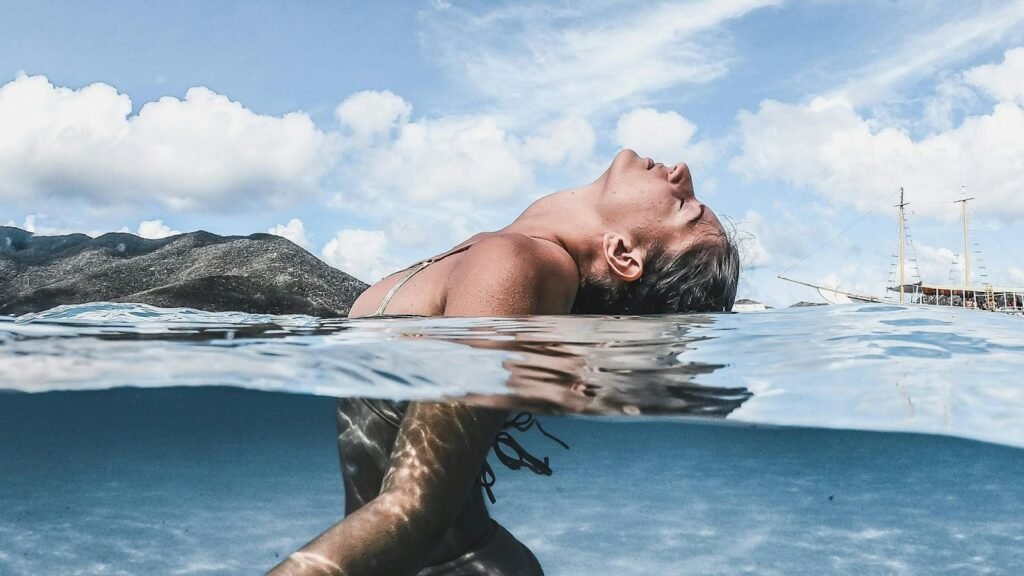
Understanding the Concept: What’s the Difference?
Before comparing Underwater Photography Vs Above Water Photography, it’s important to understand what each one truly involves.
Above water photography is what most people are familiar with. It covers everything from portraits, landscapes, fashion, travel, and commercial photography to wildlife and events. It’s done in the open air or indoor settings, anywhere outside of the water environment. The main challenge lies in mastering light, composition, and timing.
Underwater photography, on the other hand, takes you into a completely different world. It involves capturing images beneath the surface, whether in the ocean, pool, lake, or aquarium. The subjects could be marine life, divers, models, or even fashion shoots designed underwater. The lighting, color behavior, and focus dynamics are all drastically different, requiring specialized equipment and skills.
When comparing Underwater Photography Vs Above Water Photography, it’s not just about where the photo is taken; it’s about how differently the camera, environment, and light behave in each setting.
The Magic of Above Water Photography
Above water photography offers creative freedom and accessibility. You can shoot almost anywhere: mountains, cities, beaches, or studios. Lighting is easier to control, and the equipment is far less complex. Most importantly, you don’t have to worry about being submerged or limited by oxygen, depth, or movement.
The beauty of above-water shots lies in their versatility. A sunset, a wedding, a bustling street, or a carefully styled food platter are all examples of powerful above-water visuals. Professional photographers can play with artificial and natural light, apply artistic filters, and capture an endless variety of moods.
From a commercial standpoint, above-water photography is often more in demand. Businesses need product images, advertisements, and lifestyle photos, most of which are done in regular environments. If you’re just starting your photography journey, above-water work is easier to learn, more cost-effective, and offers faster returns on investment.
However, while above-water photography is more accessible, it’s also more competitive. Standing out requires a strong sense of creativity, composition, and storytelling.
The Wonder of Underwater Photography
When it comes to Underwater Photography Vs Above Water Photography, underwater imagery immediately feels more unique and captivating. The ocean, pool, or aquatic setting adds a dreamlike element that’s hard to recreate anywhere else. The fluid movement, surreal lighting, and shimmering reflections give underwater photos an ethereal quality.
Underwater photography has become increasingly popular in fashion, advertising, and art. Many luxury brands use underwater shoots to symbolize freedom, elegance, and fantasy. Divers, ocean enthusiasts, and marine life photographers also rely on underwater photography to document the world beneath the surface, a world that many people never get to see in person.
However, shooting underwater is far more complex. It requires waterproof cameras or housings, underwater lighting, and safety precautions. Even color behaves differently underwater; reds and yellows disappear, and blues and greens dominate. This is where post-production plays a vital role. A good underwater photo retouch can bring back color balance, contrast, and clarity that the camera alone cannot capture.
While underwater photography is more demanding, its visual impact is unmatched. It evokes emotion, mystery, and awe, making it perfect for high-end visual storytelling.
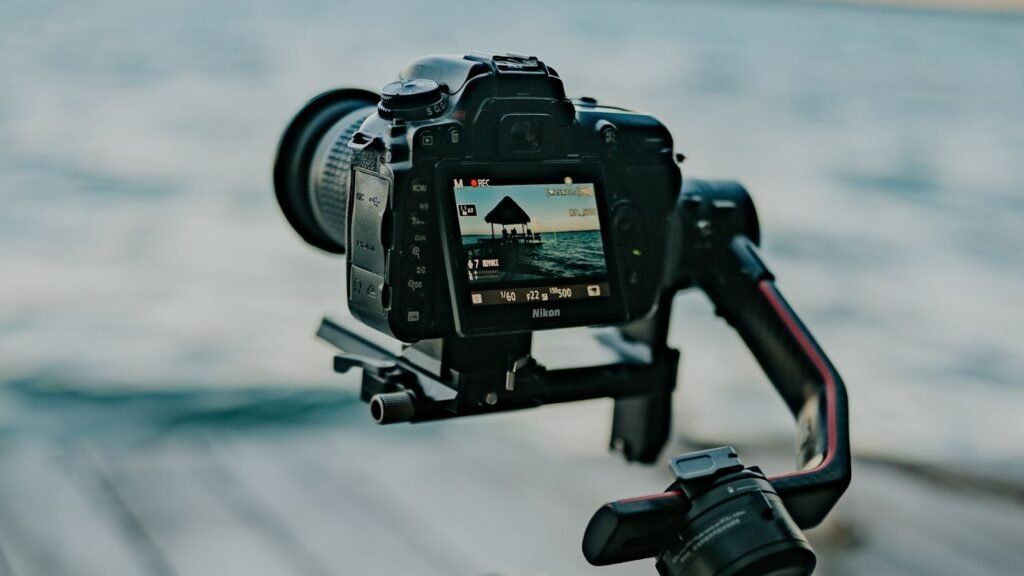
Comparing Equipment Needs
The equipment used for Underwater Photography Vs Above Water Photography differs significantly. For above-water shoots, you can rely on a DSLR, a mirrorless camera, or even a high-end smartphone. Tripods, lenses, and lighting kits are enough to handle most situations.
Underwater photography, however, takes it to another level. You need specialized waterproof housings to protect your camera. Lighting is more complicated since natural sunlight behaves differently underwater. Strobes and waterproof LED lights are essential to illuminate subjects properly.
You also need to consider buoyancy and stability. Even the slightest movement underwater can shift the frame or blur the image. That’s why professionals practice underwater control techniques to maintain balance while shooting.
When comparing Underwater Photography Vs Above Water Photography from a financial perspective, underwater photography typically requires a higher upfront investment. But if your goal is to produce rare, artistic, or commercial-grade aquatic visuals, the return can be well worth it.
Lighting and Color Behavior
Lighting is one of the biggest differences in Underwater Photography Vs Above Water Photography. Above the surface, light travels freely and evenly. Photographers can manipulate it using reflectors, flashes, or natural conditions.
Underwater, however, things change dramatically. Water absorbs and scatters light, reducing brightness and distorting color. Reds disappear first, followed by oranges and yellows, which is why underwater images often appear bluish or greenish.
Professional underwater photographers use external strobes or artificial lights to restore true color. However, even with great lighting, post-processing is usually required. Through color correction and retouching, editors can bring back the lost hues and contrast.
At AitInsider, we specialize in correcting underwater images. Our retouching experts balance tones, enhance clarity, and recover depth, ensuring that every underwater shot looks professional and vibrant.
Above-water photography, by comparison, allows much more creative control over light. You can use golden-hour sun, harsh midday light, or indoor lighting setups to achieve the desired look.
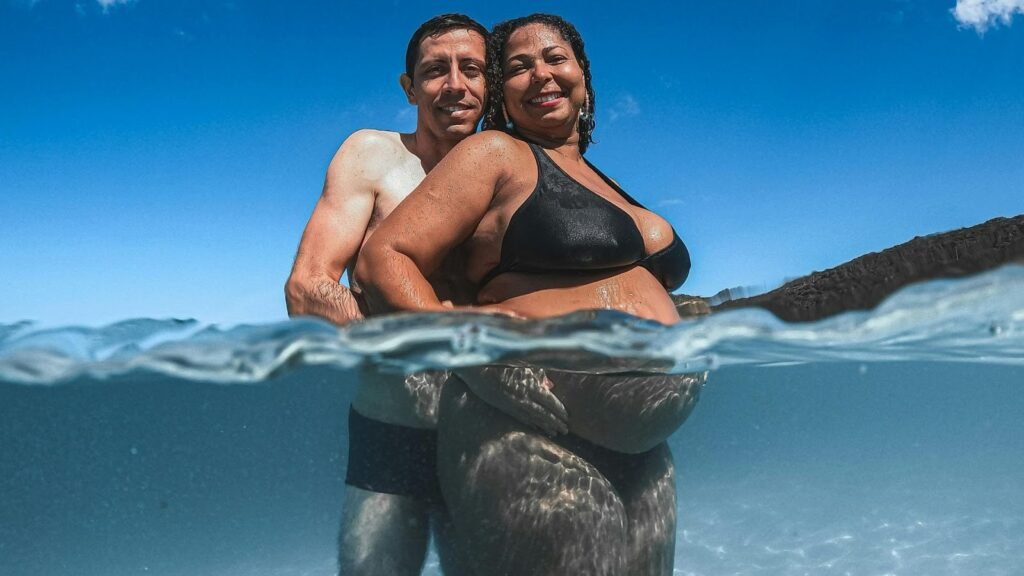
The Artistic Expression: Creativity and Mood
If we talk about artistry, Underwater Photography Vs Above Water Photography offer completely different creative experiences. Above water, photographers can experiment with backgrounds, props, and various lighting angles. They can capture a full range of human emotions, architectural beauty, or product details.
Underwater photography, in contrast, thrives on emotion and surrealism. The floating movement, weightlessness, and natural distortion of water create a sense of fantasy. Subjects appear graceful, mysterious, and otherworldly. Many artists use underwater photography to represent freedom, dreams, and transformation.
However, the challenge lies in directing subjects underwater. Communication can be tricky, and facial expressions must be exaggerated or adapted to look natural. Despite these challenges, the results are often breathtakingly unique.
When you compare Underwater Photography Vs Above Water Photography, think of above water as the world of realism and underwater as the world of imagination. Both have storytelling potential, but they communicate emotion in entirely different ways.
Technical Challenges in Both
Every type of photography has its hurdles. Above-water photographers battle with weather conditions, harsh sunlight, or uneven shadows. But underwater photographers face even greater obstacles.
For one, the camera’s autofocus doesn’t work as easily underwater. Light refraction alters the apparent distance of subjects, making it tricky to judge focus. Equipment setup and maintenance are also more time-consuming, and dives are often limited by oxygen supply.
Another challenge is movement, both of the subject and the water itself. Even a small current can affect stability and composition.
In Underwater Photography Vs Above Water Photography, the technical skill required underwater is higher, but that’s also what makes it so rewarding. Each successful shot is a triumph of patience, timing, and precision.
Above-water photography may seem easier, but it requires mastery of framing, exposure, and storytelling. A single frame has to evoke emotion, sell a product, or capture a moment perfectly.
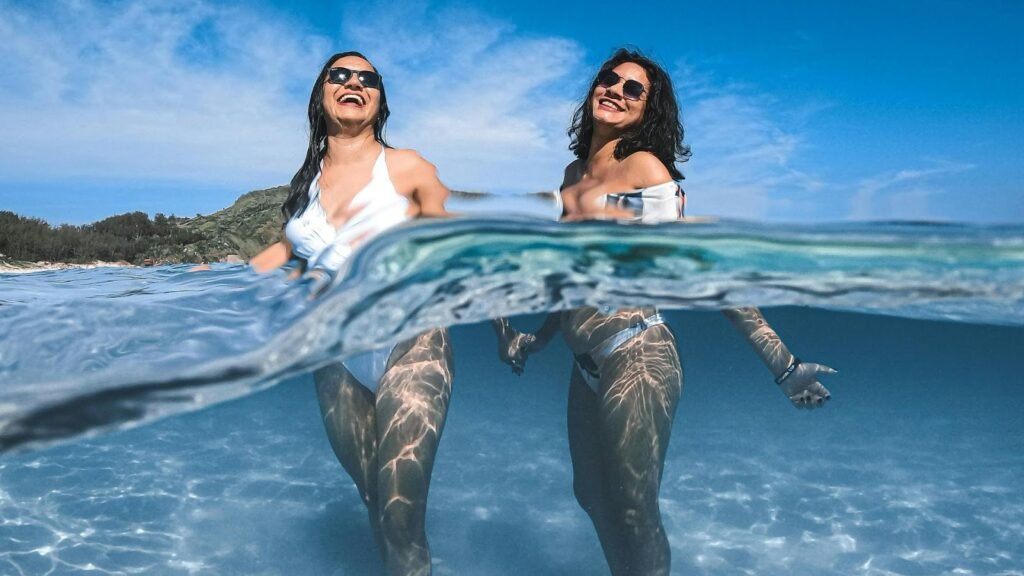
Commercial Value: Which Photography Sells Better?
When comparing Underwater Photography Vs Above Water Photography, one of the most important questions for professionals is, which one brings better commercial value?
Above-water photography dominates the global visual market. Brands, businesses, and agencies need high-quality above-water photos for advertising, e-commerce, social media, and print. Product shoots, lifestyle visuals, portraits, and events are all primarily shot above the surface. The demand is constant and widespread, meaning there’s always work available for photographers in this category.
However, the market for underwater photography is growing fast, especially in niche industries like luxury fashion, marine conservation, travel, and fine art. Many brands are now using underwater visuals to stand out from competitors. The surreal and cinematic vibe of underwater images gives advertisements a fresh, unforgettable appeal.
From a business perspective, Underwater Photography Vs Above Water Photography depends on your niche. If you’re looking for steady demand and a wide client base, above-water photography may be more profitable. But if you want to specialize in a creative, high-end market with less competition and more artistic freedom, underwater photography could be your golden opportunity.
The smartest professionals often blend both. They offer traditional photography for everyday commercial use and underwater photography for premium campaigns. This combination helps diversify their portfolio and attract a wider range of clients.
Post-Production and Editing Differences
Editing plays a huge role in both types of photography, but underwater images require far more attention to detail. When comparing Underwater Photography Vs Above Water Photography, editing underwater photos is not just about enhancing color; it’s about correcting the way light behaves underwater.
In above-water editing, you might adjust exposure, highlights, shadows, and contrast. The goal is to create a balanced and visually appealing image. You have full control of color temperature and tone since the original image often has good lighting data.
Underwater editing, on the other hand, involves multiple specialized steps:
- Color restoration to recover reds and yellows absorbed by water
- White balance correction to neutralize strong blue or green tints
- Dehazing and contrast adjustments to counter the soft, murky appearance
- Backscatter removal to eliminate small white particles that appear due to water reflection
This is where AitInsider stands out. Our professional editors are trained specifically in underwater photo retouching. We know how to revive color depth, enhance sharpness, and bring clarity to photos that seem unusable.
When clients compare Underwater Photography Vs Above Water Photography, many realize that while above-water editing improves an already strong photo, underwater editing can completely transform one. The post-production process is the key to unlocking the true magic of underwater imagery.
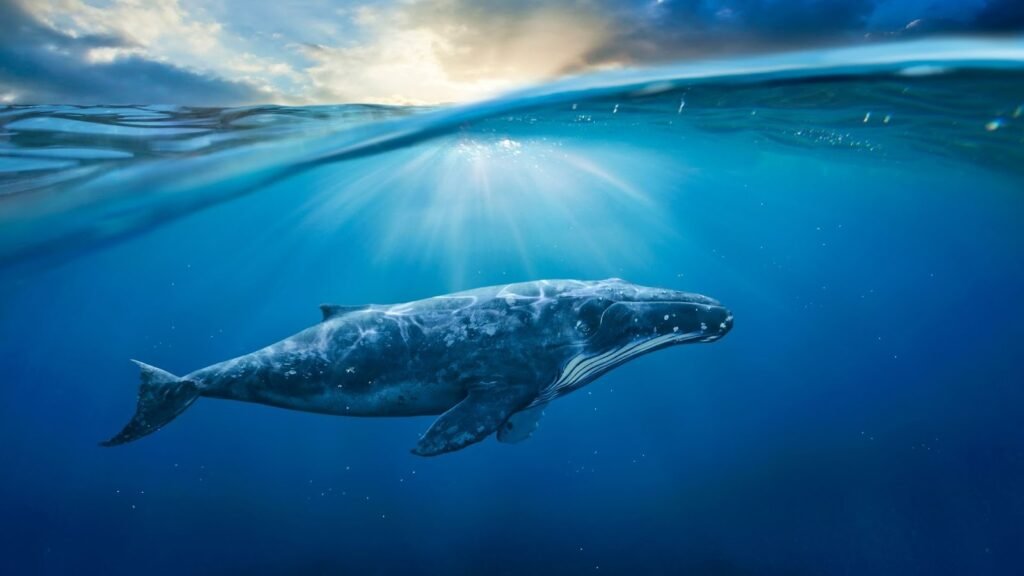
Environmental Impact and Ethical Considerations
When shooting above water, photographers have to deal with minimal environmental restrictions. As long as they respect local laws and maintain sustainability (for example, not disturbing wildlife or littering in nature), the impact is manageable.
Underwater photography, however, comes with unique ethical responsibilities. Marine life is sensitive to human interference, light flashes, and sound. Coral reefs, for example, are fragile ecosystems that can be damaged even by a simple touch.
Professional underwater photographers must be aware of their surroundings, use eco-friendly lighting equipment, and avoid disturbing aquatic habitats. The best underwater photographers blend artistry with environmental care, capturing beauty while protecting it.
In the debate of Underwater Photography Vs Above Water Photography, both can be done ethically and responsibly when handled by professionals who understand the value of nature and respect it during every shoot.
The Learning Curve: Skill Development
Above-water photography is usually where beginners start their journey. It’s accessible, and you can practice anywhere, at home, on city streets, or in nature. You learn to control aperture, shutter speed, ISO, and lighting without much interference from the environment.
Underwater photography, however, demands an entirely different skill set. You need to be a confident swimmer or diver, understand underwater lighting behavior, and know how to handle camera housings safely. The learning curve is steeper, but the reward is immense.
When comparing Underwater Photography Vs Above Water Photography, think of it this way: above-water photography helps you master the fundamentals of light and storytelling, while underwater photography tests your creativity under pressure, literally. It challenges you to adapt, experiment, and think differently.
Photographers who master both often become some of the most versatile professionals in the field, capable of creating images that truly stand out in any environment.
Which One Should You Choose?
So now comes the big question: Underwater Photography Vs Above Water Photography: which one is right for you?
If you’re someone who loves convenience, flexibility, and a stable client market, above-water photography is a perfect starting point. It’s easier to learn, more affordable, and full of commercial opportunities. From fashion to product photography, there’s always a need for great above-water photographers.
However, if you crave adventure, creativity, and uniqueness, underwater photography might be your calling. It’s more specialized, but that also means fewer competitors and higher potential for premium work. It’s ideal for photographers who love storytelling, movement, and capturing the unseen world beneath the surface.
Ultimately, the choice between Underwater Photography Vs Above Water Photography depends on your goals. You might even find joy in combining both, shooting on land and underwater to create complete visual narratives. Many professionals use above-water photos for brand storytelling and underwater shots for emotional or artistic impact.
At the end of the day, both forms of photography allow you to express creativity in your own way. What truly matters is your passion for capturing moments and your willingness to grow as a visual artist.
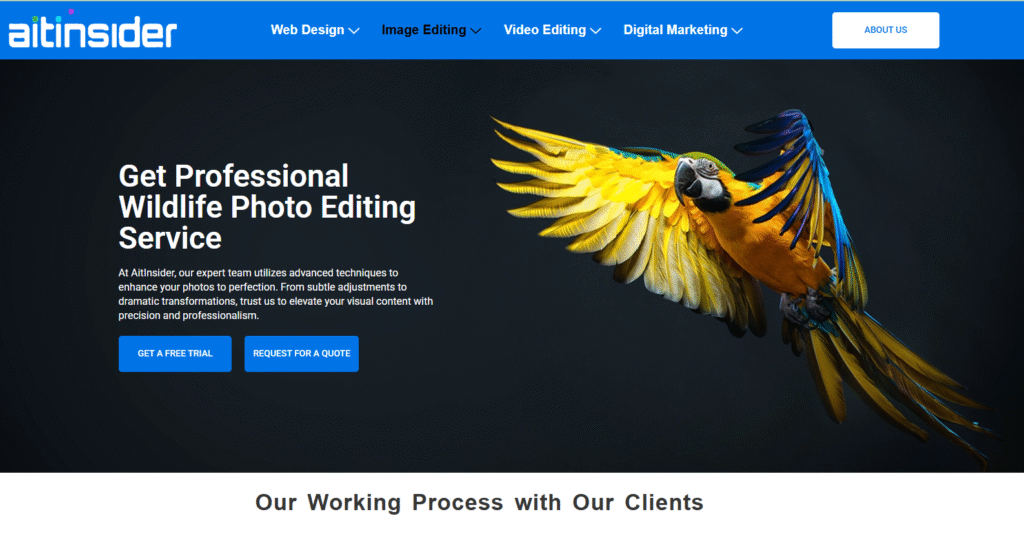
AitInsider: Your Partner in Professional Photo Enhancement
No matter which style you choose, underwater or above water, the final image always benefits from expert editing. At AitInsider, we specialize in bringing photos to life through professional image retouching and color enhancement.
Our team has years of experience handling complex photo projects, from underwater shoots needing color recovery and clarity adjustments to above-water photos requiring perfect tone correction and detailing. We treat every image as a piece of art, ensuring it looks vibrant, natural, and commercially appealing.
If you’ve captured stunning underwater shots but they lack clarity or color, our underwater photo retouching service will revive every detail. If you have above-water images that need a professional finish for branding or advertising, we can polish them to perfection.
We believe great photography deserves great post-production, and that’s exactly what we deliver. With AitInsider, your images don’t just look good; they tell powerful stories that connect with your audience and enhance your brand’s value.
Final Thoughts
The debate of Underwater Photography Vs Above Water Photography isn’t about which is better; it’s about which is better for you. Each has its strengths and challenges, and both have the power to create stunning, memorable visuals when done right.
Above-water photography gives you freedom, control, and commercial consistency. Underwater photography gives you magic, rarity, and creative depth. Together, they represent two worlds of beauty waiting to be explored.
Whatever path you choose, remember that the true essence of photography lies in how you tell your story. And when it comes to refining that story, through color, detail, and emotion, AitInsider is here to help.
Let your photos shine, whether above or below the surface. With professional editing from AitInsider, every image becomes an unforgettable masterpiece, crafted with care, precision, and passion.
